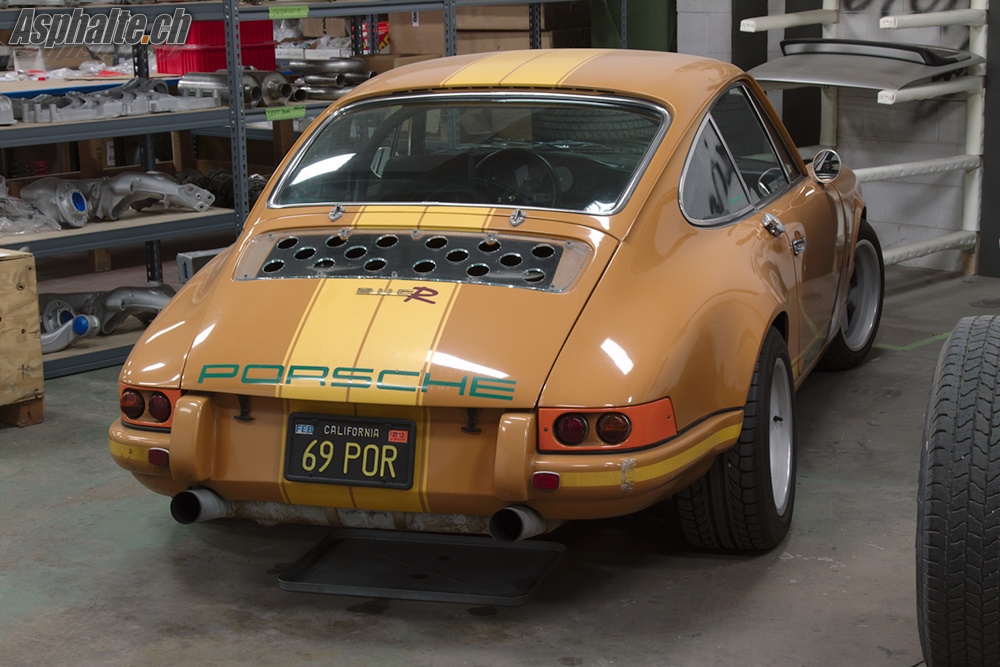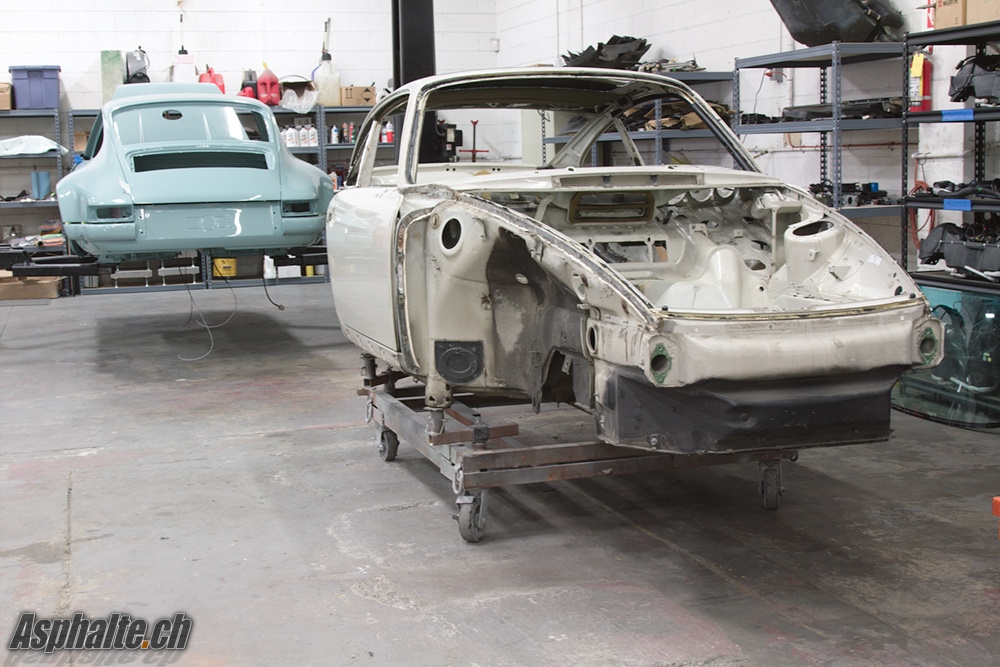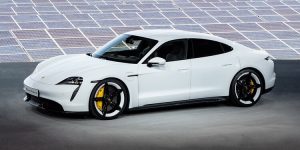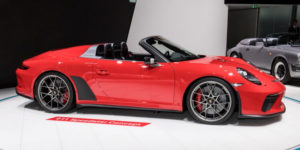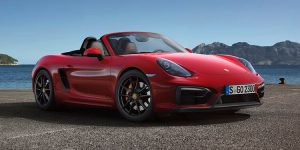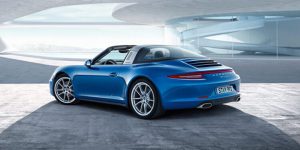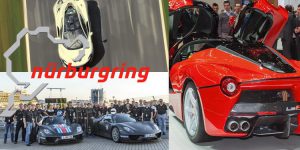Singer Vehicle Design: the Porsche 911. Reimagined.
In southern California, a team of craftsmen restores Porsche 911s in the spirit of classic, late sixties models. A visit at Singer Vehicle Design.
I find myself in the greater north east suburbs of Los Angeles, in a non-descript industrial zone. At the address, there are indeed cars of various makes and conditions in front of the building, but not a single Porsche in sight, furtherless a sign that I am at the right address. After checking the GPS and the street number twice, I wander around the building to the wrong entrance where a guy directs me to the other side of the building. The door screeches as I open it, a man in shorts and t-shirt, iPhone glued to the ear, waves me to come in. Venice Beach is quite far away, but that is the first thought that crosses my mind as I wait at a polite distance for the phone call to end.
Singer does not owe its name to the venerable family who would have made a fortune in the sewing machine business. The name echoes the career of the founder, a british citizen going by the name of Rob Dickinson, in the music business. Guitarist and, yes, singer, but also automotive designer and Porsche fanatic. After a short stint at Lotus, Rob arrives in Los Angeles in 2003 and undertakes to restore a 911 as a personal project. The goal is not just any 911, but the ultimate incarnation of the 911, vintage late sixties. A major source of inspiration is the 1967 911R, an excessively limited series of less than two dozen cars which had their first racing success that same year in the 84 (no typo, that’s eighty-four) hours of the Nürburgring. The metallic eyelets in the seats and the filling cap in the center of the hood come straight from 911R heritage.
Rob uses his restored yellow 911 in Hollywood as a daily driver, and the car does attract attention from a flurry of producers, directors, lawyers, the kind of crowd that will offer to buy your car on the spot. Rob eventually grows tired of declining these offers and the idea to turn these demands into a business starts to take shape. The process, and the massive work that follows, will lead to the presentation at the 2009 Pebble Beach Concours d’Elegance of the second car, in orange livery. Rob returns from the Monterey Peninsula with two customer orders.
The recipe is simple in principle, but refined and rich in detail. The customer delivers to “Singer Vehicle Design” a Porsche 964 in more or less any condition. The restoration – metamorphosis would be more apt as a term – specifications are chosen from a catalogue of 40 different options covering engine, transmission, chassis and, of course, interior and exterior livery.
For the non-specialist, the 964 had a relatively short production span between 1989 and 1994, but more than 62’000 were built, making it reasonably abundant by GT standards. The Carrera versions were powered by a 3.6L flat six (type M64) putting out 310 Nm of torque and 250 hp, and the manual versions were mated to a 5 ratio gearbox (type G50/10). The 964 was chosen over the 993 – the last air-cooled Porsche 911 – because of its better rear suspension design.
Upon receiving a donor 964 to restore, the Singer team strips the car down to the bare body, which is then sent to a body shop for a complete overhaul and the assembly of carbon front and rear fenders. The body is returned with the new, specific panels assembled and painted in the final color, as specified by the customer. The 4 cars shown here reflect four stages of the process: the bare body (beige car), the rebuilt body (blue car), the assembly (metallic grey car) and the finished work (dark grey car).


